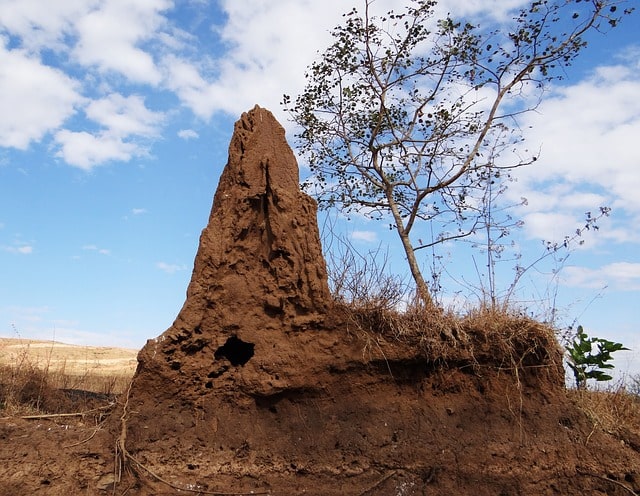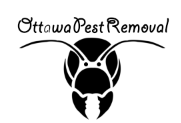Here are a few signs of termites in your home:
Mud tubes on the walls – Termites build shelter tubes made from dirt, mud, and debris so as to visit the food source without even being seen easily. These mud tubes are just like the dimensions of a coin and are usually found on interior and exterior walls leading up to the entry points of the particular building.
Hollow timber – Termites usually consume woods from within, leaving a skinny veneer of paint over timber. So once you knock or tap on a wood that has been damaged by termites, it’ll sound papery or hollow which means it has been eaten by termites.
Hard to open window or tight fitting door – As termites start destroying and eating timber, their ‘mud’ creates an environment that can trap excessive moisture and heat in a way that the wood becomes stiff. This makes timber swell and difficult to open.
Check out this Article: Protect Your Home From Carpenter Ant

What Attracts Termites In the House?
Let’s discuss some conditions which may attract termites to your home.
Wood and cellulose material: Termites prey on lumber, firewood, newspapers and other cellulose materials. Don’t store such materials near places that are easily accessible to termites. Remove any decayed lumber or firewood, which termites would prefer over sound wood.
Warm, dark places: Termites prefer moist, undisturbed places like crawl spaces. You can try to reduce moisture in your home’s crawl spaces by getting your home evaluated and inspected for moisture solutions and sources.
Moist soil: Termites are attracted towards moisture and there’s usually a lot of moisture within the soil upon which your foundation is made. You can use lawn irrigation systems and sprinklers in a way that helps reduce water amass near your foundation.
How Fast Do Termites Spread?
Termites take a really short time to spread. Within a couple of days, they will multiply to what’s considered an infestation. Homeowners got to take every percussions possible, and make certain to act quickly so as to guard their homes. Termites sleep in colonies, and that they can spread to quite 100 feet in every direction from the epicenter. Termites are like all other living creatures – they forage for food so as to survive. Termites prey on cellulose found in wood and each wood product including books, furniture, drywall coverings, boxes and lots of more.
How To Detect Early Signs of Termite Infestation?
Spotting Pellets or Droppings: Like many pests, the best way to discover an infestation is by finding droppings. As they tunnel, termites wish to keep their areas clean. To do that, they need to remove their excrement from their path.
Wings Left Behind: If you discover plenty of discarded wings near a closed window or door, you will have to consult a pest control expert. Termites swarm within the spring near well-lit, warm areas.
Termite Swarms: In addition to finding discarded wings, you’ll be ready to spot the insects during their mating season. Termites tend to swarm within the spring. Unfortunately, that would mean bigger trouble for your home.

